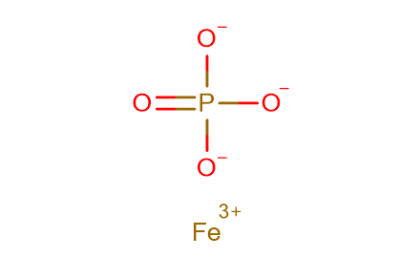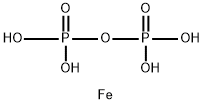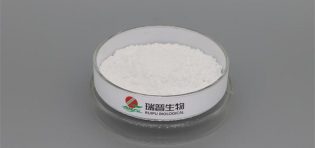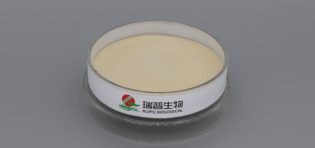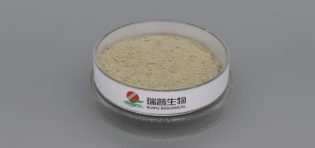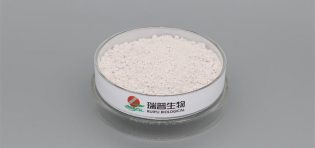
The cost of raw materials plays a significant role in determining the quotation (pricing) of magnesium lactate manufacturers, as it does for many other industries.Raw materials make up a substantial portion of the production costs for manufacturers, and fluctuations in the prices of these materials can directly impact the pricing of the final product.There are some key factors to consider regarding the impact of raw materials on the quotation of magnesium lactate.
Magnesium lactate is typically produced by neutralizing lactic acid with magnesium hydroxide or magnesium carbonate.Lactic acid is a primary raw material in the production of magnesium lactate.Any changes in the price or availability of lactic acid can directly affect the cost structure of manufacturing magnesium lactate.
Depending on the specific manufacturing process, magnesium hydroxide or magnesium carbonate may be used.The cost and availability of these magnesium compounds can also influence the overall production cost of magnesium lactate.
The production of magnesium lactate may require various energy sources, such as electricity and natural gas.Fluctuations in energy prices can impact manufacturing costs, which can, in turn, affect the quotation of the final product.
Labor is a significant component of manufacturing costs.Changes in labor costs, including wages and benefits, can affect the overall cost structure of production.
The cost of transporting raw materials to the manufacturing facility and the finished product to customers can impact the final price.Fluctuations in fuel prices and transportation logistics can affect these costs.
If raw materials or components are sourced internationally, currency exchange rates can play a role in determining costs.Exchange rate fluctuations can influence the cost of importing or exporting raw materials.
Supply and demand dynamics for both raw materials and finished products can affect prices. If there is a shortage of lactic acid, magnesium compounds, or other necessary inputs, it can drive up prices.Conversely, an oversupply can lead to lower raw material costs.
Changes in regulations related to the production or transportation of raw materials can impact costs.Compliance with new regulations may require additional investments or adjustments in production processes.
Manufacturers may benefit from economies of scale, meaning that larger production volumes can lead to lower production costs per unit.This can impact pricing, as larger manufacturers may be able to offer more competitive quotations.
Manufacturers often conduct regular cost analyses to assess the impact of raw material price fluctuations on their pricing strategies.When the costs of key raw materials increase significantly, manufacturers may adjust their quotations to maintain profitability or explore alternative sourcing options.
Ultimately, the quotation of magnesium lactate manufacturers will depend on a combination of factors, including raw material costs, production efficiency, competition in the market, and the manufacturer's pricing strategy.Businesses in this industry must carefully manage raw material costs to remain competitive and ensure profitability.


